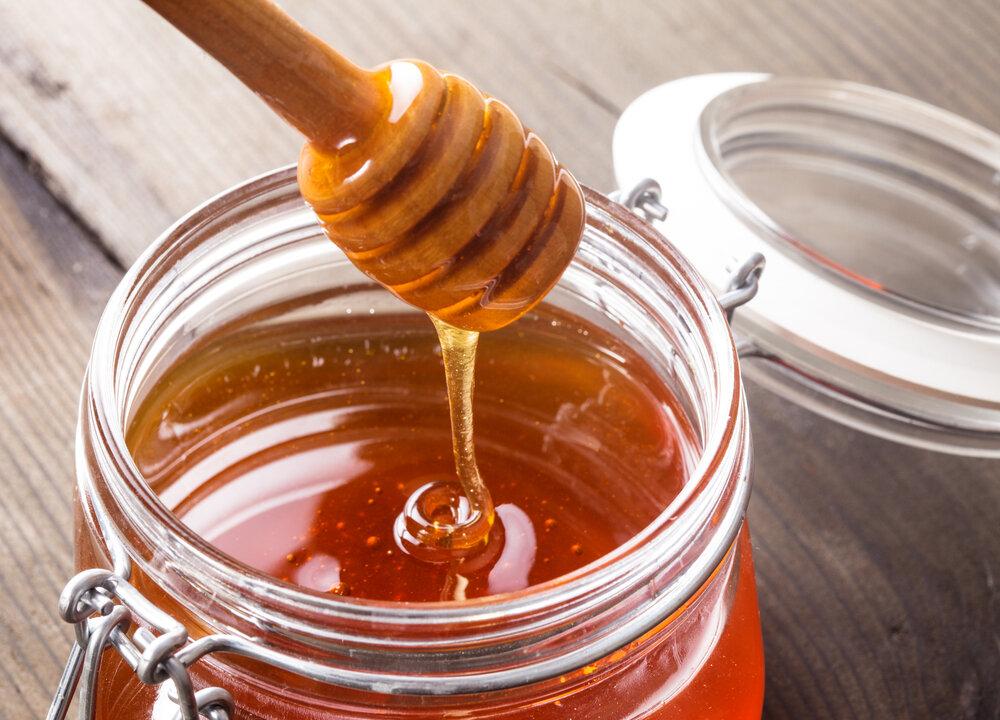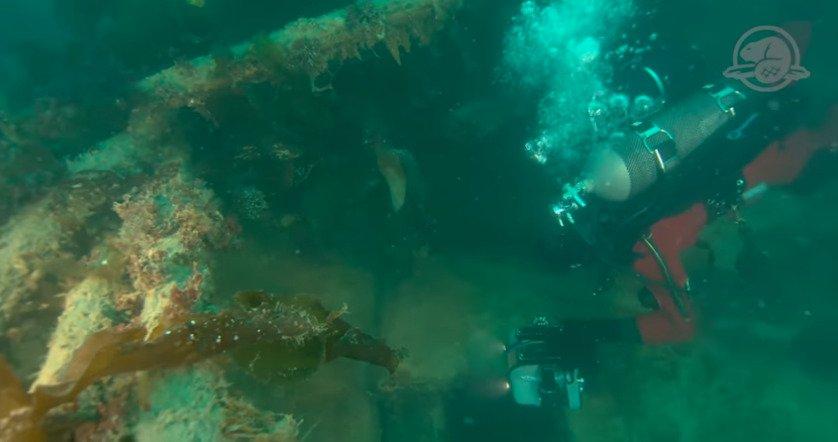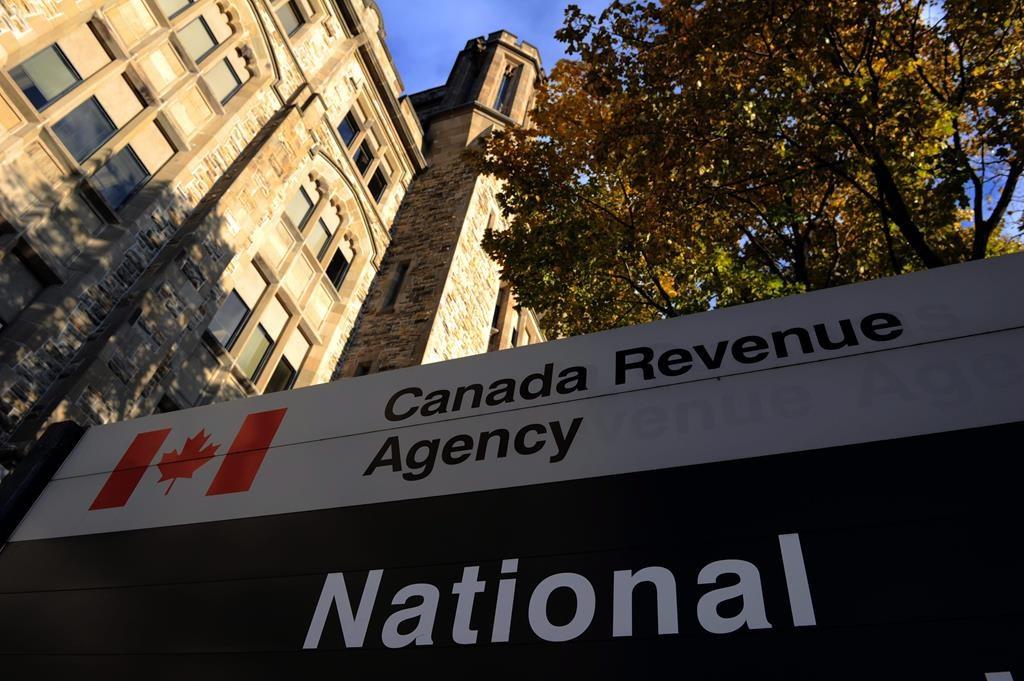Fake honey—also known as adulterated honey, often mixed with cheap sweeteners such as sugar, corn syrup, rice and beet—has managed to find its way onto the shelves of Canada’s grocery stores, prompting a lengthy investigation by the Canadian Food Inspection Agency.
Since June 2018, the CFIA has been using a “targeted surveillance” strategy that focuses on addressing the risk of honey adulteration and contamination within Canada’s borders. The agency said the objective of the investigation is to make sure that all foods imported to Canada, including honey, are “safe for consumption and truthfully represented”.




